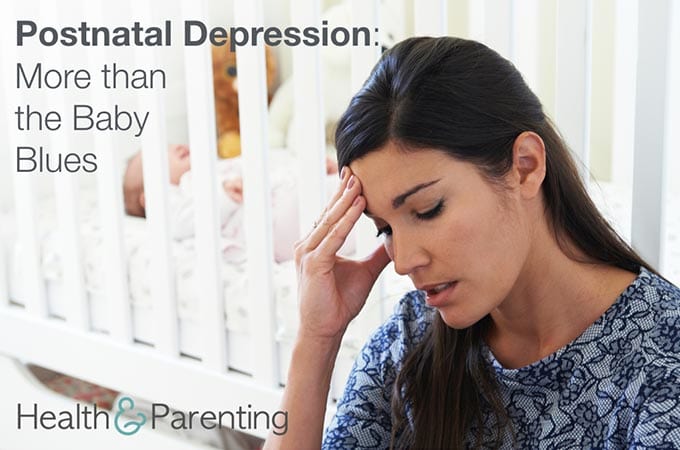“Ten fingers and ten toes!” You most likely heard those words yourself shortly after your little one was born. Next to announcing a baby as being a boy or girl, the finger and toe count is usually right up there on the list of things doctors and nurses gleefully exclaim at a healthy delivery. And if they don’t, Mom or Dad will as soon as they have that baby in their arms. Because it’s just what you do… you count the fingers and toes.
What might take a little longer to pick up on is if your baby has an extra bit of skin elsewhere. We’ve all heard the expression “tongue-tied,” referring to those times when nerves or anxiety may have you stumbling over your words. But what you probably don’t realize is that the expression itself comes from an actual condition.
It is estimated that 4 to 11 percent of newborns have a birth defect known as being “tongue-tied.” Basically, that means the skin under their tongue, known as the “lingual frenulum,” is thicker, tighter, and may extend further than it would in a baby without this defect. The result is a tongue that is “tied” more tightly to the bottom of the mouth, preventing as much freedom and movement as there might otherwise be.
If you work with a lactation specialist, he or she may be the first to notice your baby’s condition. That’s because being tongue tied can make it harder for a little one to latch properly, in some cases making breastfeeding very difficult and more painful for Mom than it should be.
The good news is, not all tongue-tie cases are so severe. In fact, some children may grow into adults with only an inability to whistle to show for being tongue-tied.
But for those whose feeding is severely restricted, or who grow to have speech issues because of their tongue-tie, a procedure known as a tongue-tie division may be necessary. In infancy, this procedure can be completed without anesthetics or anesthesia. In fact, some babies will sleep right through it as a doctor uses sterile scissors to make a quick snip through the extra skin. They are able to eat immediately afterwards and are fully healed within two days.
For older children and adults, the procedure may be more involved, requiring general anesthesia and stitches. This is most likely to take place if the tongue tie causes enduring issues with speech and eating.
If you have questions or concerns about your baby’s tongue tie, don’t hesitate to talk to your pediatrician. In most cases, this is an easy fix and your baby won’t even remember having had that extra bit of skin at birth!
Written by Leah Campbell, infertility advocate, adoptive mama, writer and editor. Find me @sifinalaska on Twitter.
This information is not intended to replace the advice of a trained medical doctor. Health & Parenting Ltd disclaims any liability for the decisions you make based on this information, which is provided to you on a general information basis only and not as a substitute for personalized medical advice. All contents copyright © Health & Parenting Ltd 2016. All rights reserved.
















